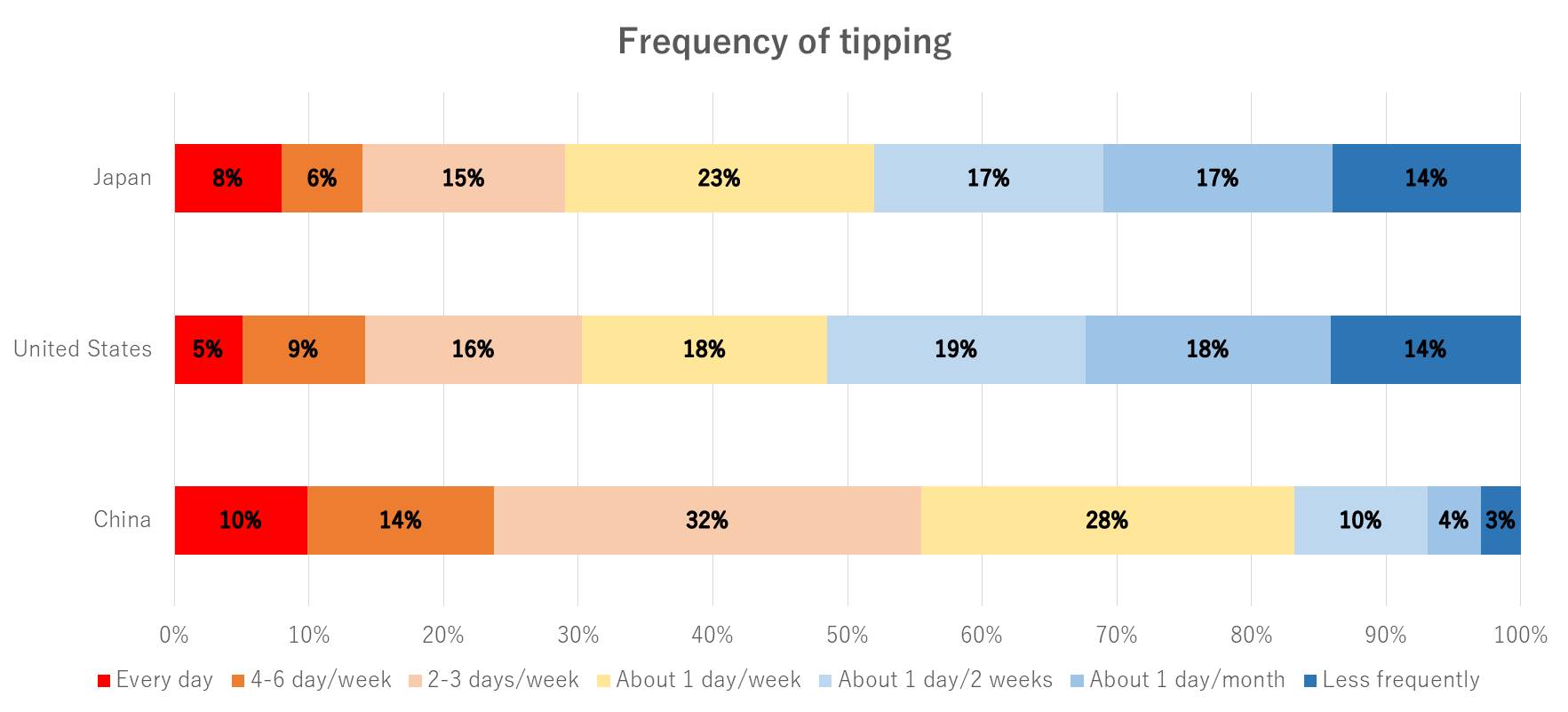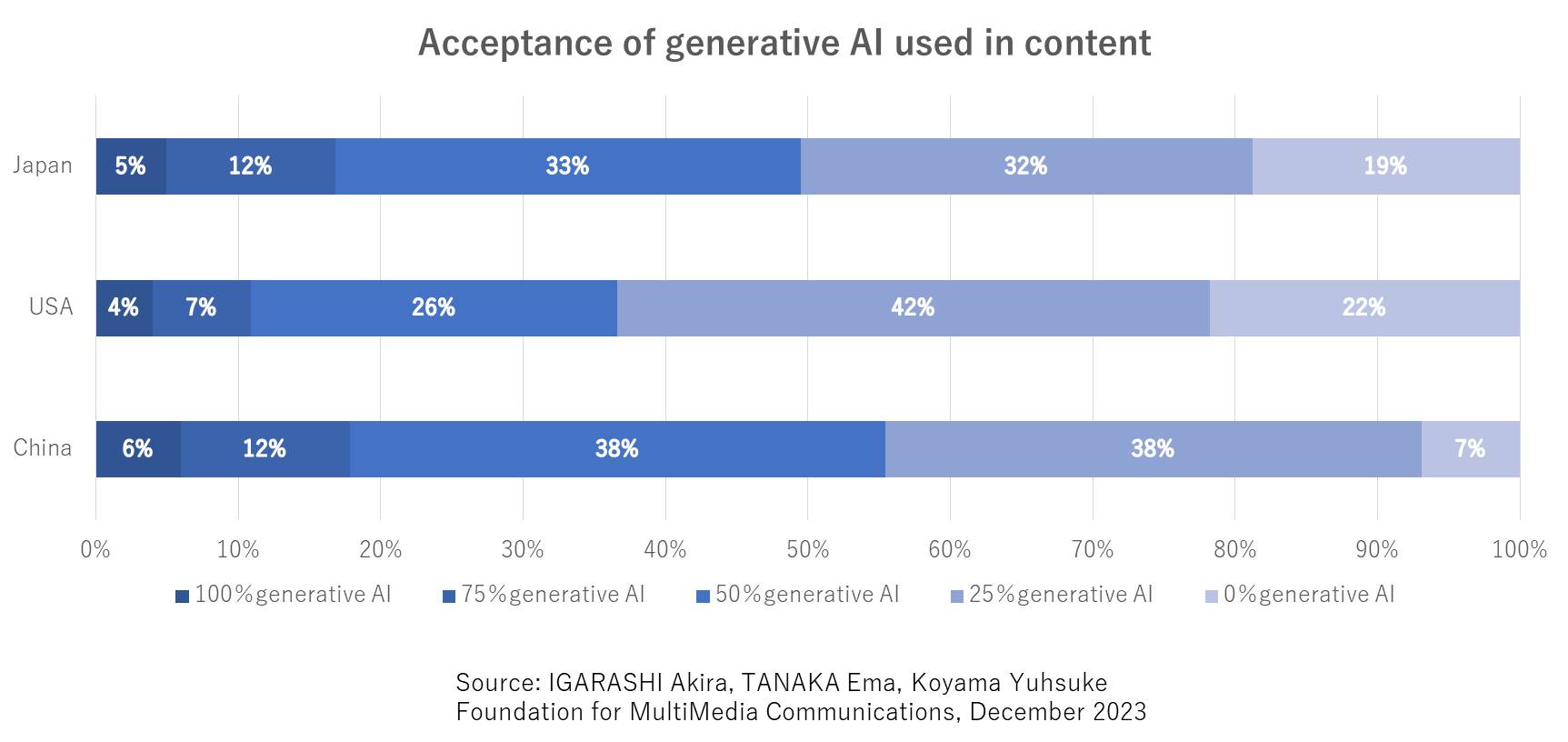The global creator economy market is worth 18.5 trillion yen
These days, we often hear the term “creator economy.” Although it has not yet been clearly defined academically, the term typically refers to the bidirectional economic sphere between creators and viewers created by the development of the Internet and digital technologies.
The concept began to attract attention in the 2010s, but academic research has only gained momentum relatively recently. For example, we examined the usage of the term “creator economy” in academic journals and found that it first appeared around 2011, with only a few papers initially being published each year. However, after entering the COVID-19 era, the number of papers surged to 55 in 2021 and 292 in 2022 (according to Google Scholar), clearly indicating the growing interest.
Market size growth is also accelerating. According to a survey conducted by Creator Economy Association and Mitsubishi UFJ Research and Consulting, the global creator economy market in 2023 is estimated to be approximately 18.5 trillion yen (converted at 145 yen to the dollar), and approximately 1.8 trillion yen in Japan (“Survey Results on the Domestic Creator Economy, 2024”).
Initially, from the late 1990s to the mid-2000s, most information and content on the Internet was typically provided for free. In particular, for cultural content that spread on the Internet, free sharing itself was accepted as part of the Internet culture rather than as a way to make money.
However, this situation changed significantly around 2010. Platforms like YouTube started returning profits to creators of content. In 2007, YouTube launched the YouTube Partner Program, which opened up the sharing of ad revenue, initially limited to media giants, to some individual creators.
YouTube intended this to encourage people to post original videos, grow its viewers, and develop a community. In 2012, the requirements were further relaxed, allowing more creators to participate in monetizing their content.
With this trend, the number of creators acting as “YouTubers” exploded around 2014. For example, creators like HIKAKIN and PDR-san, who earn high revenues from delivering videos, appeared, and YouTube became a new place of occupation.
But as the number of creators grew, YouTube’s sharing rate of ad revenue gradually declined. By around 2017, ad prices were said to have dropped to less than 1/10 of their initial levels. While top-tier creators were less affected, overall creators’ revenues tended to decline.
In response, the platforms introduced new revenue models to retain creators. A typical example of these is nagesen (in Japanese) (tipping), such as Super Chat. Super Chat is a system where viewers send money directly using the chat function to support their favorite streamers. Alongside simply visualizing their feelings of support, they can also provide financial support in conjunction with the comment section.
Monthly subscriptions (memberships) were also introduced, allowing creators to earn new revenue by offering exclusive content. In addition, more creators are offsetting the decline in advertising revenue by utilizing various revenue models, including sponsorship contracts, merchandise sales, live performance revenues, and event appearances.
Streaming viewers are co-creators rather than consumers
As platforms change and the creator economy grows, the relationship between creators, viewers, and platforms, once linked through advertising, has evolved into a more bidirectional one.
In particular, the emergence of live streaming has brought about significant changes. YouTube’s live streaming allows streamers to respond immediately to comments posted by viewers. By enabling viewers to participate in streams as well as watch them, the presence of the viewers itself became a value of the channel.
Even before the Internet, there were already forms of viewer participation in the media. For example, radio programs presented postcards and phone calls from listeners, while TV programs featured viewers. However, in the Internet age, this style of audience participation has become more direct and easier. Today’s live streams include elements similar to traditional radio, but the biggest difference is probably the ability to stream video and participate in real time.
Now, the viewers are not just recipients, but a part of the streams. Creators’ reaction to viewers has become a major factor affecting the attractiveness of their content. As a result, viewers have come to play the role of co-creators involved in content creation.
Here, in the context of the creator economy, it is worth mentioning the rise of content called gameplay commentary. In addition to enabling individuals to earn revenue from online platforms independently of mass media, the overall gaming market has grown owing to stay-at-home demand following the COVID-19 pandemic, resulting in a significant increase in the number of viewers watching gameplay commentary. Creators are becoming like celebrities, and their influence as influencers is increasing.
Gameplay commentary is more than just sharing play-by-play videos; it has become established as media content and an important element of the creator economy. In particular, competition among platforms such as Twitch, YouTube Gaming, and Facebook Gaming has intensified.
While platforms are trying to maintain their competitiveness by strengthening their support for creators’ monetization, the forms of viewer participation are diversifying. In the future, the impact of the creator economy is expected to grow further alongside growth in the game market, integration with esports, and progress in VR/AR technology.
In this way, in the creator economy such as gameplay commentary, the influence of creators is growing. At the same time, viewers are evolving from mere content consumers to co-creators, and this trend is expected to continue.
Differences in attitudes towards AI creations in Japan, the U.S. and China
On the other hand, as the creator economy expands, new problems are arising. One of these is the increase in misinformation and misleading content created to boost access. Some platforms have mechanisms to generate revenue even by spreading misinformation, and viewers are becoming increasingly aware of the flood of unreliable information.
As is well known, platforms have already begun to address misinformation and disinformation. YouTube, for example, has implemented policies to remove videos, terminate streams, and limit ad revenue based on its guidelines. However, some creators tend to view this as censorship, and the balance with freedom of speech remains a challenge.
Considering this situation, the Japanese government established the “Study Group on How to Ensure the Soundness of Information Distribution in the Digital Space” at the Ministry of Internal Affairs and Communications in 2023. The discussion there is about how to improve the health of online information distribution while ensuring freedom of speech.
This is a very complex issue involving challenges such as the participation of foreign platforms, copyright issues, and conflicts with freedom of expression. For this reason, the Japanese government emphasized continuing discussions from a broad perspective, rather than implementing regulations hastily. This study group is considered to be a very significant initiative in that it not only addresses misinformation and disinformation but also examines ways to improve the health of online information distribution as a whole.
Furthermore, developments in AI technology are also impacting the creator economy. Since 2023, ChatGPT and generative AI have been gaining attention, with AI capabilities being implemented in tools and software that creators can use.
In our research, we conducted a comparative survey on the creator economy in Japan, the United States and China. The survey revealed that China had the highest frequency and average monthly amount of tipping, but what was particularly interesting was the difference in perception of AI creations between countries.


First, in Japan, the government is actively encouraging the use of AI technology, and the attitude toward the use of AI in the creator economy is relatively positive.
In contrast, awareness of the ethical use of AI is high in the United States. There is a growing movement to draw a clear line with human creations, including a ruling in August 2023 that artworks made solely by generative AI, with no human intervention at all, cannot be protected by copyright. In fact, our questionnaire revealed that a relatively large number of people believe that AI-free content is worth paying for. This can be attributed to the perception that creation by AI is different from human creativity.
On the other hand, China showed the lowest resistance to the use of AI, and a notable willingness to use AI in the meantime. In addition, discussions are underway about granting copyrights to AI creations, and the adoption of AI technology is being promoted very aggressively. This may be related to the background of China having been said to have limited original source content.
As AI technology spreads further and permeates society, it is necessary to continue paying attention to how the creator economy and related systems in each country will evolve.
* The information contained herein is current as of January 2025.
* The contents of articles on Meiji.net are based on the personal ideas and opinions of the author and do not indicate the official opinion of Meiji University.
* I work to achieve SDGs related to the educational and research themes that I am currently engaged in.
Information noted in the articles and videos, such as positions and affiliations, are current at the time of production.


